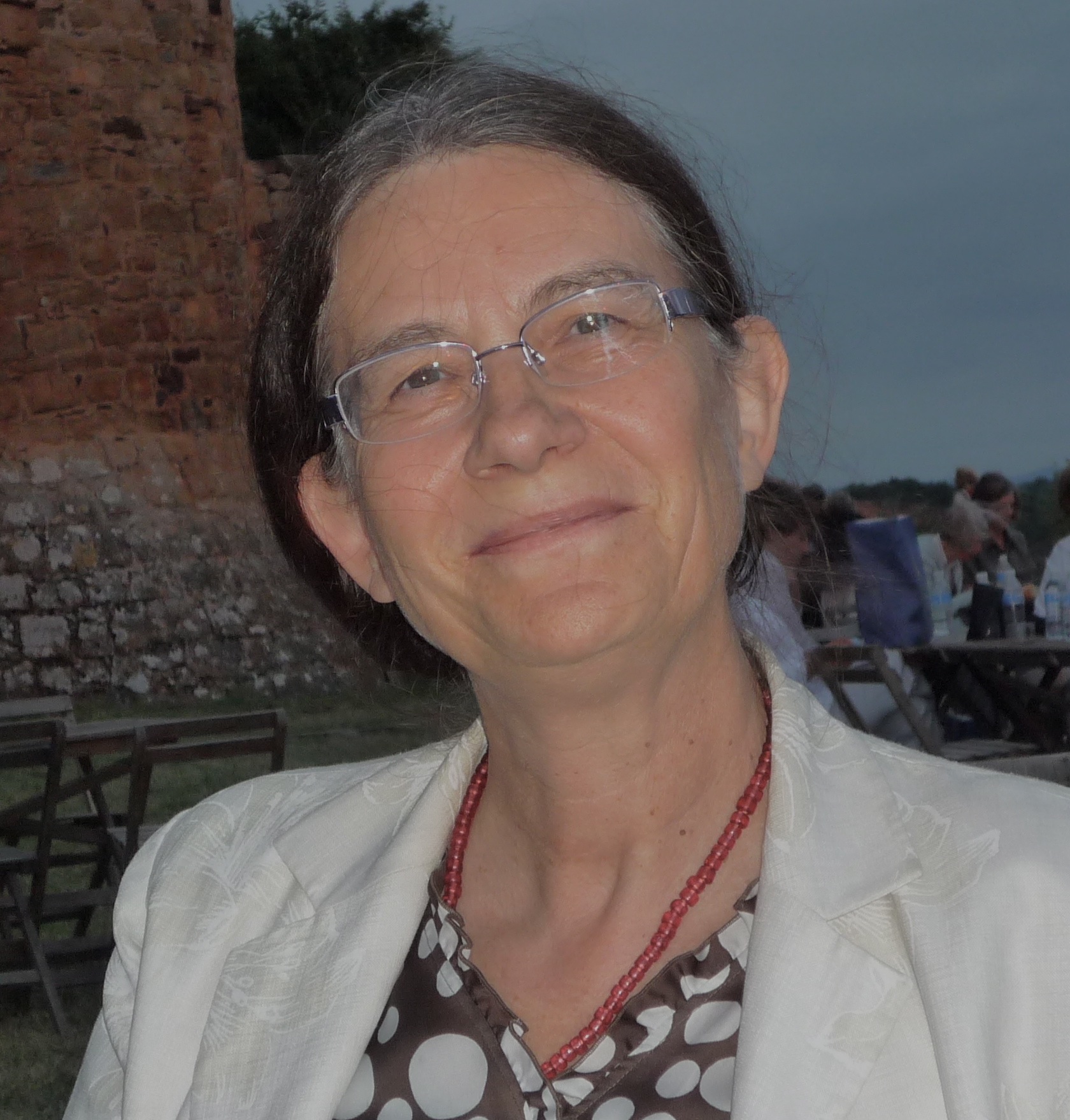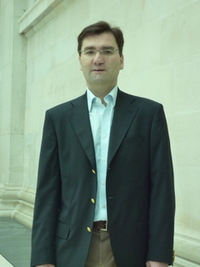

Sylvaine Turck Chièze and Ilídio Lopes
Posted: Apr 01, 2022

Sylvaine Turck-Chièze has passed her PhD thesis in Commissariat at Atomic Energy (CEA) at Saclay (France) in Nuclear Physics, developing experiments on internal charge density of nuclei and then on properties of nucleons inside the nuclei. After 13 years in that field, she has moved to the Space Astrophysics Department of CEA where she has first computed stellar models of different metallicities for galactic evolution in parallel to specialised works on reaction rates, opacities to improve the predictions of the solar neutrino fluxes. At the end of the eighties, the neutrino puzzle was not solved, she has suggested to use helioseismology to better constrain the theoretical prediction of these fluxes and has taken with enthusiasm the CEA responsibility of the building of the space GOLF seismic instrument in 1989 to ensure and verify the performances before launch. GOLF is one of the twelve instruments of the SoHO satellite launched in 1995 and always in observation. Then she has analysed and interpreted the corresponding data up to now.
Due to her formation, she has participated to the creation of the joint Department between Astrophysics, Particle physics, Nuclear physics, and Associated Instrumentation (DAPNIA) in 1992 at CEA called now IRFU (Institut des Lois Fondamentales de l'Univers, Institute of the fundamental laws of the Universe), a great institute of more than 600 persons. She has worked on dark matter in the ninety and recently, another motivation to analyze deeply the SOHO results. She was one of the first to show the remarkable agreement between helioseismology and all the solar neutrinos after the release of the SNO Canadian detector in 2004.
Along her carrier, she had the responsibility of teams of 10-15 persons to develop dynamical studies of the Sun and stellar interiors and large simulations of the stellar interior, together with instruments like a new prototype for next generation of space mission. She has directed a dozen of theses, international teams for new space mission and for absorption experiments on laser facilities for checking stellar microphysics, she has also participated to different scientific councils in France in different domains. She is the author of more than 130 refereed papers.

Ilídio Lopes, University of Évora and Instituto Superior Tecnico (Portugal)
Ilídio received an M.S. degree in 'Astrophysique et Techniques Spatiales' from University of Paris (France) in 1990, and a Ph.D. In Astrophysics from the University of Paris (France) in 1994. His Ph.D. research project was focused towards the understanding of the Physics of the interior of Sun, Helioseismology and Solar neutrinos.
From 1995 until 1999, Ilídio worked as a research fellow in Helio- and Asteroseismology at the Institute of Astronomy, University of Cambridge (United Kingdom).
From 2000 until 2004, he worked in the Department of Physics of the University of Oxford where his research interests focused towards the evolution of the Sun and stars within halos of dark matter.
Since 2004, Ilídio has joined the Department of Physics of the University of Évora and the Department of Physics of Instituto Superior Técnico in Portugal, where he lecture Physics, Astrophysics and Cosmology and continue his research work in Theoretical Astrophysics. Ilídio is particularly interested in the theoretical understanding of the evolution of the Sun and stars. He has published in the following fields: solar physics, solar dynamo, helioseismology, asteroseismology, solar neutrinos and evolution of stars within dark matter halos.
附件下载:
It accepts original submissions from all over the world and is internationally published and distributed by IOP